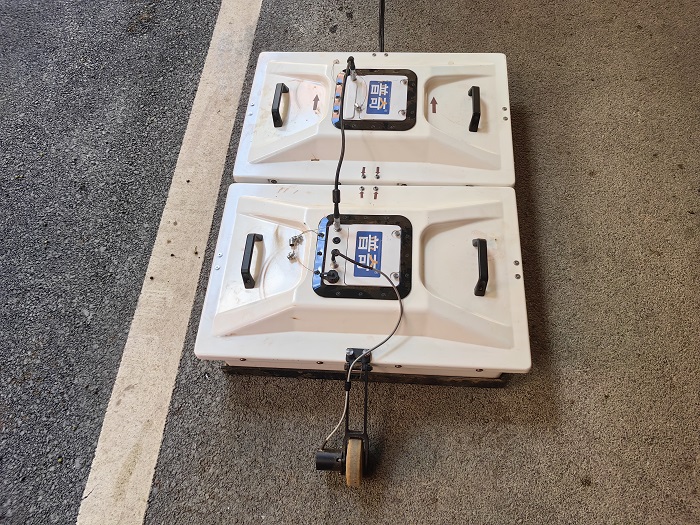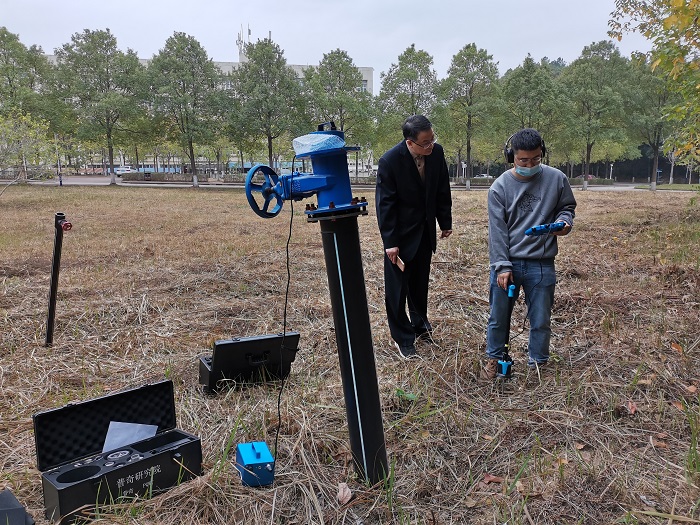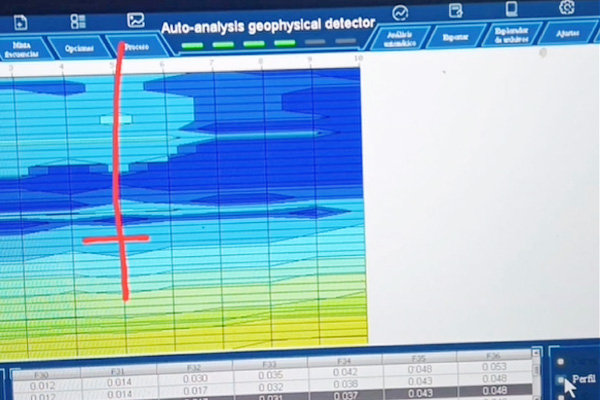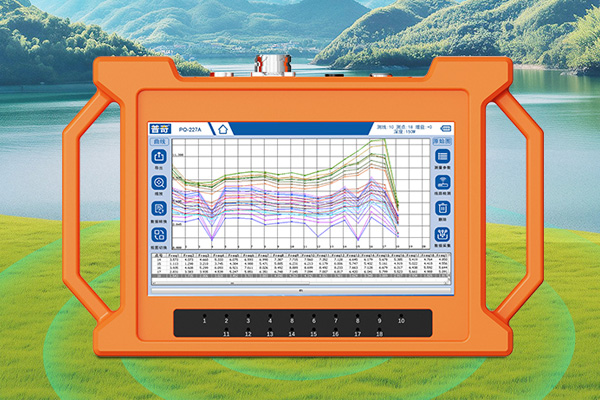Underground pipelines, as an important component of urban infrastructure, undertake various functions such as water supply, drainage, gas, electricity, and communication. With the acceleration of urbanization, the complexity and importance of underground pipelines are becoming increasingly prominent. In order to ensure the safe operation and sustainable development of cities, underground pipeline detection technology is particularly important. This article will provide a detailed introduction to the principles, methods, applications, challenges, and solutions of underground pipeline detection technology.
The principle of underground pipeline detection technology
The underground pipeline detection technology is mainly based on geophysical methods, which determine the location, burial depth, and direction of the pipeline by detecting the physical property differences between the underground pipeline and the surrounding medium. These physical property differences include electrical properties, magnetism, wave impedance, etc. According to the material of the pipeline, detection technology can be divided into two categories: metal pipeline detection and non-metal pipeline detection.
The main methods for detecting underground pipelines
1. Pipeline Locator Ground Penetrating Radar Method

Ground penetrating radar method is currently one of the most widely used underground pipeline detection methods. It detects the position and burial depth of pipelines by emitting high-frequency electromagnetic waves underground and utilizing the reflection and scattering of electromagnetic waves in the underground medium. Ground penetrating radar method is suitable for detecting metal and non-metal pipelines, and has the advantages of high detection accuracy and easy operation.
2.Pipeline Locator Electromagnetic Induction Method

Electromagnetic induction method is to apply detection signals to underground pipelines, use receiving devices to receive signals, and determine the location and burial depth of underground pipelines by analyzing the propagation path and characteristics of the signals. This method is suitable for detecting metal pipelines, especially when there is a dew point in the pipeline, the detection effect is optimal. The electromagnetic induction method has the advantages of large detection depth and strong signal, but it is susceptible to interference from adjacent pipelines.
3. Pipeline Locator Tracking Method

Tracer method is to place a tracer signal source inside or near the pipeline, and use a receiving device to track the tracer signal to determine the position and direction of the pipeline. This method is suitable for pipeline detection in non-metallic pipelines and complex geological conditions. The tracing method has the advantages of flexible detection and wide applicability, but the operation is relatively complex and the cost is high.
4. Other methods
In addition to the above methods, there are also methods such as acoustic detection and infrared detection. These methods each have their own advantages and disadvantages, and are suitable for different detection scenarios and pipeline types.
Application of Underground Pipeline Detection Technology
Underground pipeline detection technology plays an important role in urban planning, construction, and management. It can not only provide basic data for the rational utilization of urban underground space, but also provide technical support for the maintenance and management of urban infrastructure. Here are several typical application cases:
1. Survey of urban underground pipelines
Through underground pipeline detection technology, a comprehensive survey of the layout of urban underground pipelines can be conducted, and a database of urban underground pipelines can be established. This provides important foundational data support for overall urban planning, construction, and management.
2. Underground pipeline detection in industrial parks
There are various types, deep burial depths, and diverse materials of underground pipelines in industrial parks, which require the comprehensive application of multiple detection technologies. Through underground pipeline detection technology, the location and direction of pipelines can be accurately determined, providing safety guarantees for the construction and operation of industrial parks.
3. Non excavation repair construction
Non excavation technology has gradually become the preferred method for underground pipeline engineering due to its advantages of not requiring large-scale excavation, reducing damage to surface and underground pipelines, lowering costs, and improving construction efficiency. Underground pipeline detection technology is an important preliminary work for non excavation repair construction. By accurately detecting the position and burial depth of pipelines, it can avoid damage to existing pipelines during construction.
Challenges and Solutions Faced
Despite significant progress in underground pipeline detection technology, there are still some challenges in practical applications:
1. Exploration under complex geological conditions
Under complex geological conditions, such as karst areas, permafrost regions, etc., the accuracy and reliability of underground pipeline detection will be affected to some extent. To solve this problem, more advanced detection technologies and equipment need to be developed to improve detection accuracy and adaptability.
2. Detection of non-metallic pipelines
Non metallic pipelines are difficult to detect due to their non-conductive and non-magnetic properties. At present, although there are some detection methods for non-metallic pipelines, the detection effect is still not ideal. In the future, it is necessary to strengthen the research and development of non-metallic pipeline detection technology.
3. Interference from adjacent pipelines
In densely distributed pipeline areas, interference from adjacent pipelines can affect the accuracy of detection results. To solve this problem, more precise detection techniques and data processing methods need to be adopted to improve detection accuracy and anti-interference ability.
Underground pipeline detection technology is an important foundation for non excavation construction, urban planning, construction, and management. Through continuous technological innovation and practical accumulation, underground pipeline detection technology will be more widely applied and developed in the future. In the future, with the rapid development of digital technologies such as the Internet of Things, 5G, GPS positioning technology, cloud computing, and artificial intelligence, intelligent digital pipeline detection is expected to become a standard pipeline detection operation method, providing more efficient and accurate technical support for the rational utilization of urban underground space and the maintenance and management of infrastructure.








